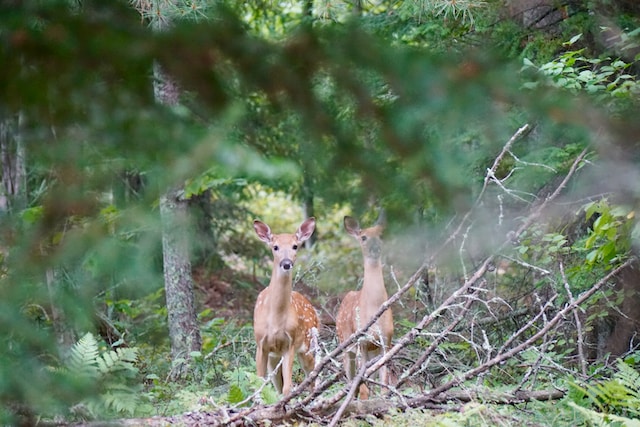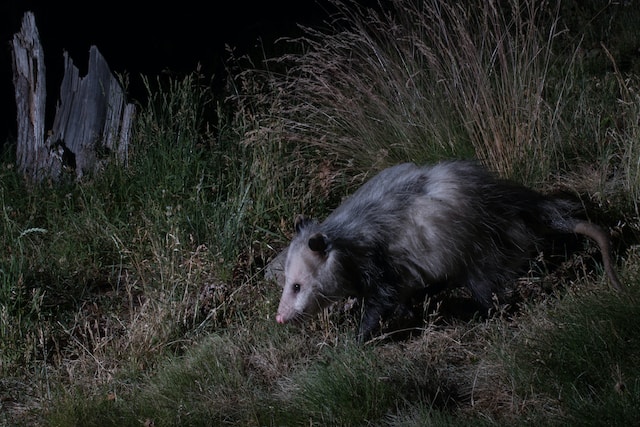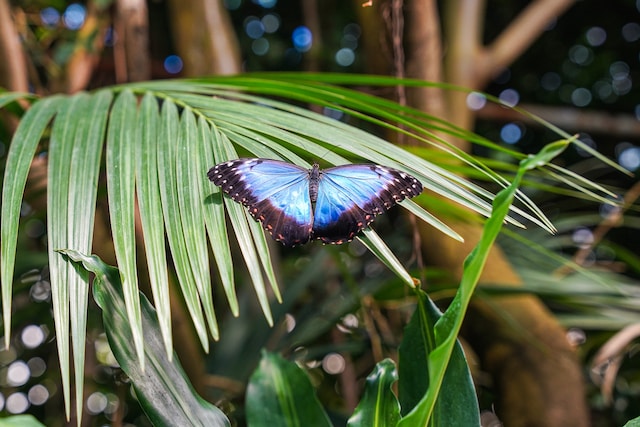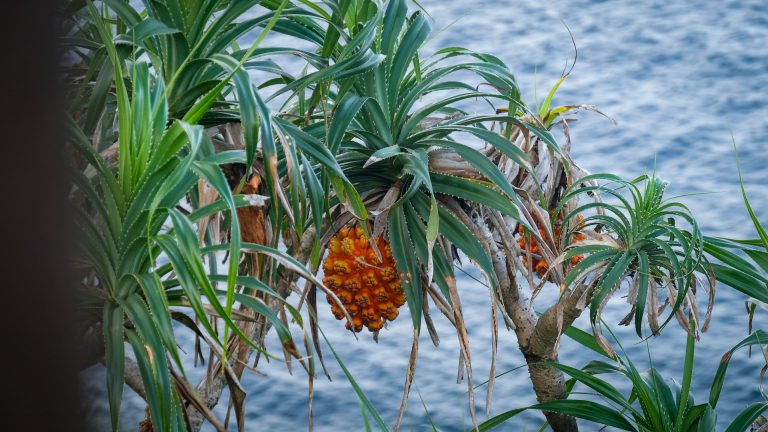What animals eat pineapple? Delving into the intriguing world of animal habits, it’s fascinating to discover that this tropical fruit isn’t just a favorite among humans. Pineapples, with their sweet and tangy flavor, also entice a diverse array of exotic creatures in their respective habitats.
From agile capuchin monkeys in the rainforests of Central and South America to white-tailed deer that surprise with pineapple picking, the allure of pineapple extends beyond our species. Even opossums, with their distinct tails, and delicate butterflies, known for their vibrant wings, have been known to enjoy this tropical delight. In this exploration, we’ll unravel the world of unexpected animals that have developed a taste for pineapple, shedding light on the diverse dietary habits of wildlife across the Americas.
Pineapples, with their sweet and tangy flavor, are a popular tropical fruit enjoyed by humans around the world. However, did you know that pineapples also serve as a delectable treat for several animals in their natural habitats? In this article, we will delve into the intriguing world of creatures that have developed a taste for this tropical delight.
Capuchin Monkeys: Nature’s Pineapple Enthusiasts
Characteristics
Capuchin monkeys, scientifically known as Cebus capucinus, are small primates native to Central and South America. They are distinguishable by their tuft of hair on top of their heads, which resembles a monk’s hood, giving them their name. Capuchins are highly intelligent and social creatures, often observed in close-knit groups. Their nimble fingers and sharp eyes make them adept foragers.
Habitat
These curious creatures primarily inhabit dense rainforests, ranging from Nicaragua in Central America to Brazil in South America. Their adaptability allows them to thrive in various environments, from lowland swamps to high-altitude cloud forests.
Capuchin Monkeys are natural pineapple lovers
Capuchin monkeys have a keen affinity for fruits, and pineapples are no exception. Their dexterous hands allow them to expertly peel back the tough exterior to reveal the succulent flesh within. Feeding on pineapples not only provides them with essential nutrients but also contributes to the dispersion of pineapple seeds, aiding in the plant’s reproductive cycle.

White-Tailed Deer: Surprising Pineapple Aficionados
Characteristics
The white-tailed deer, or Odocoileus virginianus, is a common sight in North and South America. These medium-sized herbivores are named for the white underside of their tails. They raise their tails as an alarm signal when sensing danger. With a reddish-brown coat and slender, agile bodies, white-tailed deer are built for swift movement.
Habitat
They are incredibly adaptable and can be found in a range of environments, including forests, grasslands, and even suburban areas. This means that white-tailed deer have a broad distribution, extending from southern Canada down to South America.
White-tailed deer eat pineapple in nature
While white-tailed deer are primarily grazers, they have been observed munching on pineapples in certain regions where the fruit is accessible. This behavior is more commonly witnessed in captivity or in areas where pineapples grow in close proximity to their natural habitats. The occasional indulgence in this tropical fruit provides them with an additional source of nutrients, particularly during seasons when their usual forage may be scarce.

Opossums: Pineapples in the Night
Characteristics
Opossums belong to the marsupial family and are renowned for their distinctive tails and hairless, rat-like tails. With a pointed snout and sharp teeth, these nocturnal creatures are very good scavengers. Opossums are known for their remarkable ability to play dead when faced with danger, a defensive trick known as “playing possum.”
Habitat
They are highly adaptable and can be found in a variety of places, including forests, grasslands, and urban areas. Opossums live broadly across the northern and southern continents of America, extending from southern Canada all the way down to Argentina.
Opossums Eating Pineapple
Opossums, being opportunistic feeders, will happily a wide array of foods, and pineapple is no exception. Their omnivorous (eat everything!) diet includes fruits, insects, and small animals. In regions where pineapples are grown, these resourceful creatures may find their way into fields or gardens to indulge in this tropical delight. Their fondness for pineapples is a testament to their ability to exploit available food resources.

Butterflies: Nature’s Sweet Pineapple Suckers
Characteristics
Butterflies are well-loved insects known for their vibrant colors and delicate wings. With a fascinating life cycle that includes metamorphosis, these creatures undergo a huge transformation from caterpillar to chrysalis before emerging as fully-formed butterflies.
Habitat
Butterflies are found on every continent except Antarctica, and their habitats vary widely. They thrive in meadows, gardens, forests, and even urban areas. Their diverse range allows them to adapt to a multitude of climates and ecosystems and are often a sign that the local ecosystem is a balanced one.
Pineapple Consumption
While adult butterflies do not feed on solid foods, they do seek out nectar as their primary source of sustenance. Pineapple plants, when in bloom, produce sweet nectar that attracts a variety of butterfly species. These graceful insects play a crucial role in pollinating pineapple flowers, facilitating the fruiting process. On a list of what animals eat pineapples, these creatures are a surprising inclusion!

Final thoughts on Animals that Eat Pineapples
In conclusion, the surprising array of creatures that consume pineapple in their natural habitats showcases the fruit’s part in various ecosystems. From primates to insects, pineapple serves as a vital food source for an mix of species across the Americas. Understanding these interactions sheds light on the diverse diets of wildlife but also emphasizes the connections of nature’s web.
So, the next time you indulge in a juicy slice of pineapple, take a moment to appreciate the role this tropical fruit plays in sustaining a multitude of fascinating creatures in the wild.
Title image by Pauline Lu


0 Comments